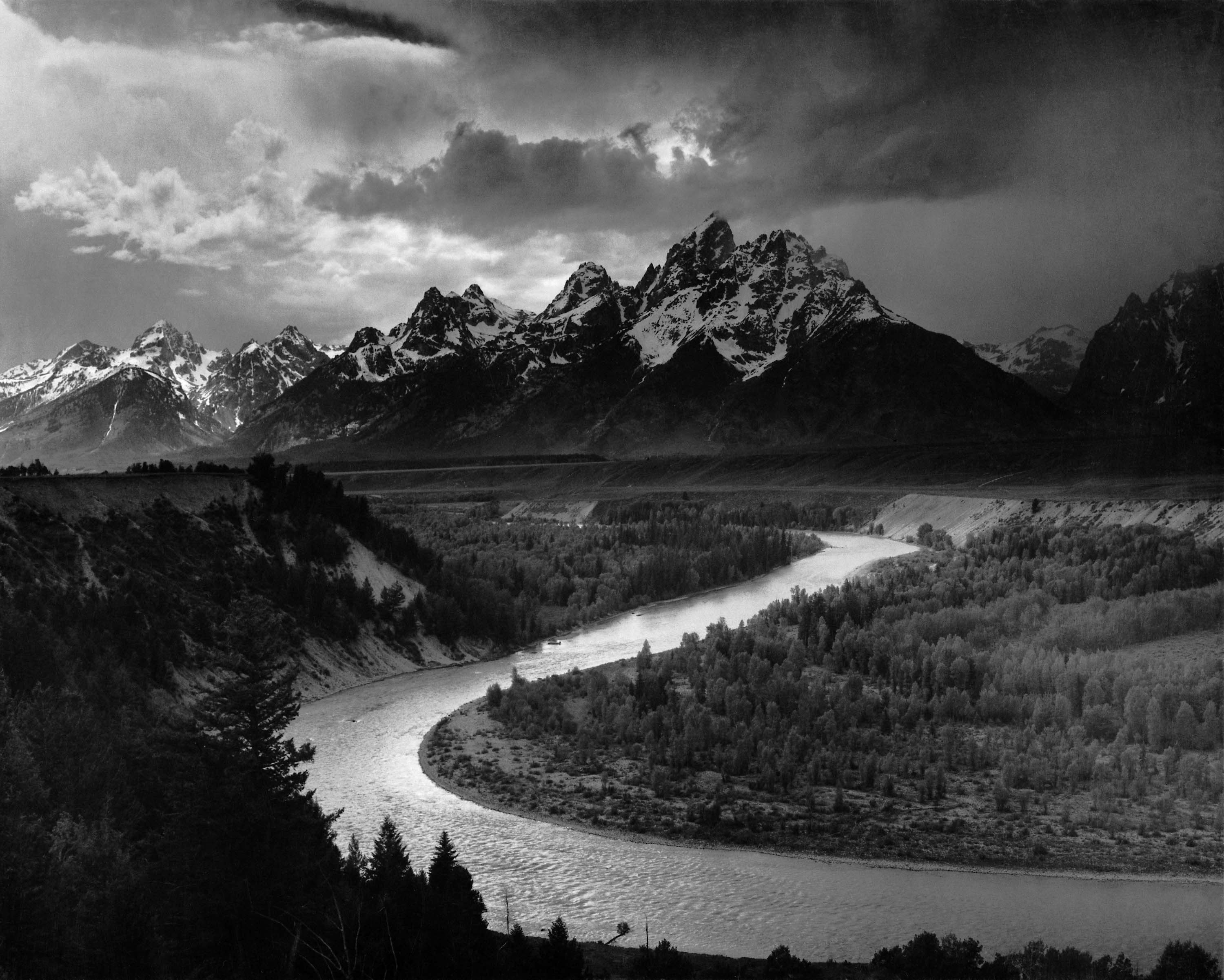Romanticism is a term used to describe the movement in literature and art in the early 19th century. During this time, literature, paintings and poetry were heavily influenced by natural, emotional and personal themes.
Romanticism focuses on the emotional response brought about by nature and rejects the idea of calm, order (rules and regimes), balance and idealisation. It represents the irrational and strong emotions of an individual or their spontaneity, celebrating wildness and nature above reason and science.
In the medium of photography, Romanticism is mostly associated with the natural landscape. The natural environment can be very humbling to a spectator and may produce strong emotional responses.
The power of the sublime can be overwhelming to the subject as it conjures up feelings of terror or even danger, due to its unpredictability and mercurial nature. However, nature to a romanticist can also be very sensual, calm and quiet, which in turn makes the subject respond in awe at the environment around them.
Examples
Within art: (paintings)


Carlo Bonavia (1757) late 18th-century
In landscape photography:

Ansel Adams ‘The Tetons and the snake river’
What makes a landscape photograph romantic?
Aspects of the wilderness can take you away from the bustling activity and norms of human-life. Certain landscapes may hold sentimental value to an individual (personal themes in romanticism). The enormity of some structures also takes away from the engineering of humans as their stature is incomparable to any work produced by us.
Mark Meyers commented on this saying, “Wilderness goes all the way to the core of this world and our human works merely touch the surface.”. He’s truly highlighting how insignificant humans are compared to the power and presence of nature and the sublime.
